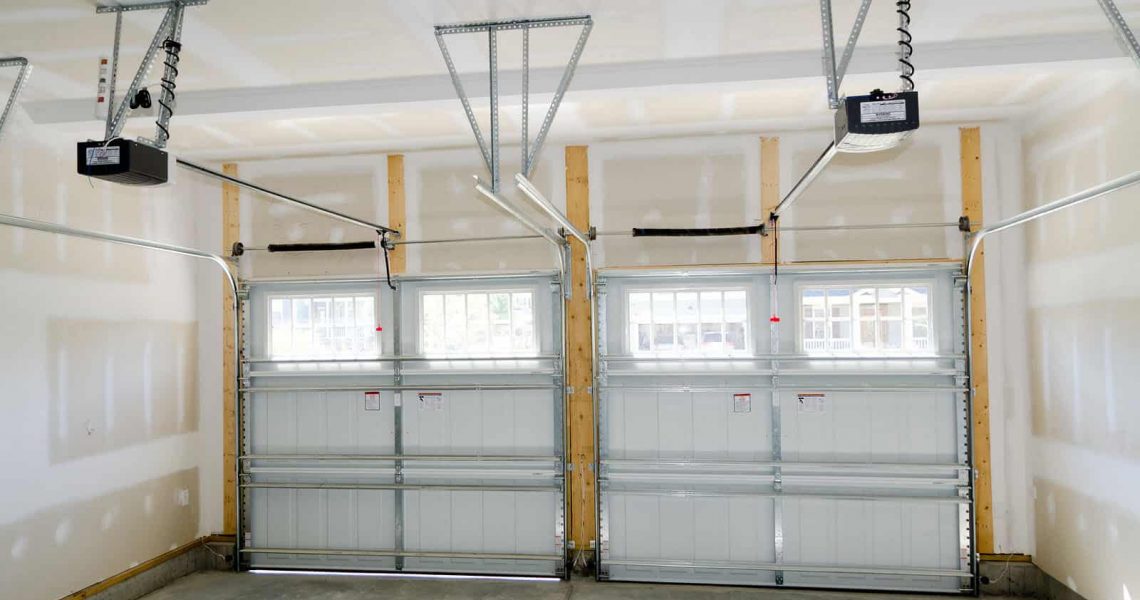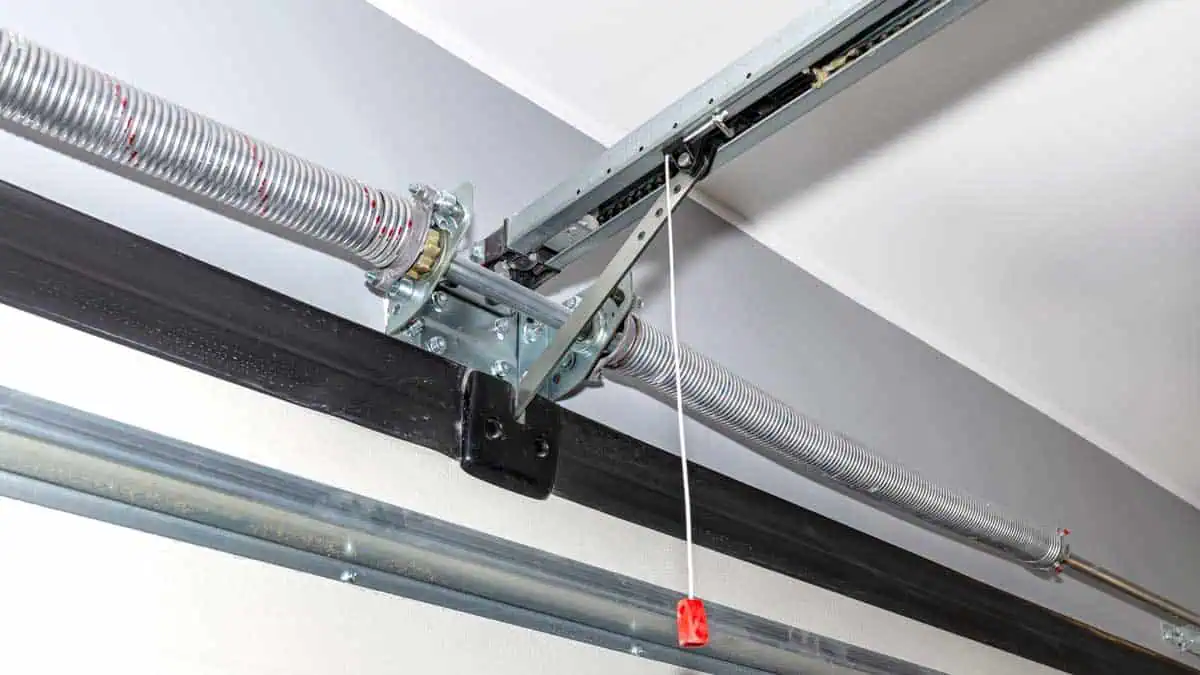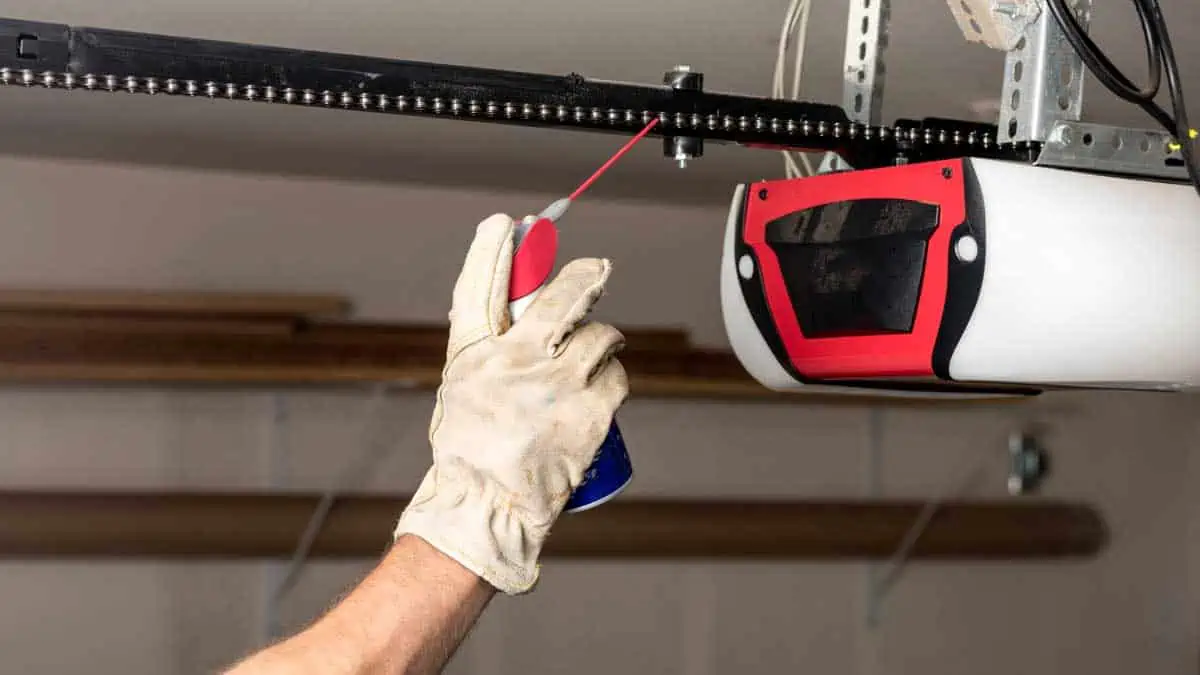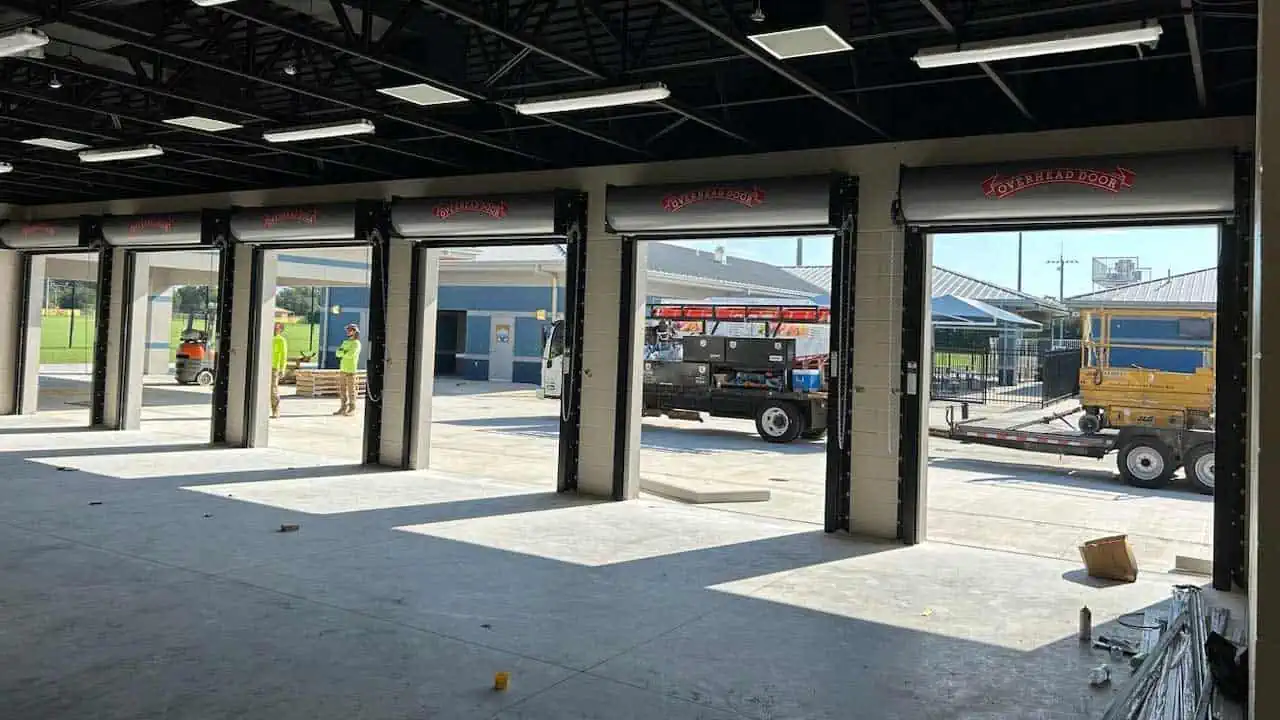Garage door springs carry a lot of tension, because they’re responsible for lightening the load of the door. When the heavy door lowers to the ground with gravity, it also pushes down on giant load-bearing springs that create tension. The tension in these garage door springs make it far easier for your opener to lift the door up again when the time comes.
Even if you don’t see or hear a spring break, you’ll know that it’s broken if your door refuses to lift with the opener or even by hand. With the lack of force that the springs provide, it weighs about twice as much. You can definitely replace garage door springs on your own, but it can be a bit tricky and dangerous, and the skill required depends a lot on the type of springs that you have. If the process doesn’t seem like something that you’re ready to take on, don’t hesitate to get in touch with us and we can get the new springs installed in no time at all.
Identifying the Type of Springs on Your Garage Door
There are different types of springs on different garage doors, and there is a big difference in how easy these springs are to replace. There are extension springs and torsion springs. You’ll be able to easily identify what kind of springs you have by looking at your garage door. If you have a door system with long springs that run parallel to the tracks on either side of the door, those are extension springs. They are long and thin, up in the air. Torsion springs are fatter springs that sit on a metal rod next to the door opening.
If you have a really old door, a single piece that swings up in the air, then you may have vertical springs on both sides of the door. These are side springs, and they usually compliment additional extension springs in the air.
Now, both extension and torsion springs work in a similar way. They use the weight and gravity of the door to tense up and load when the door closes, which gives you a reserve of energy to move the door back up when it is being opened. The difference is that extension springs stretch to be loaded, so the energy is stored outward and wants to get back to center, while torsion springs are twisted when the door lowers, and they release energy by untwisting back in the other direction.
How to Replace Torsion Springs
Torsion springs, as you might have gathered from the name alone, are considered the more dangerous model to work with. While it is possible to work with torsion springs, it can be really dangerous if you don’t know what you’re doing and don’t pay careful attention to the process. These torsion springs store a lot of energy, and you want that bottled up and not lashing out in your general direction. They are under tension, and you’ll have to remember this at every step. We certainly recommend that unless you are 100% comfortable you call a professional—it’s just safer and easier that way.
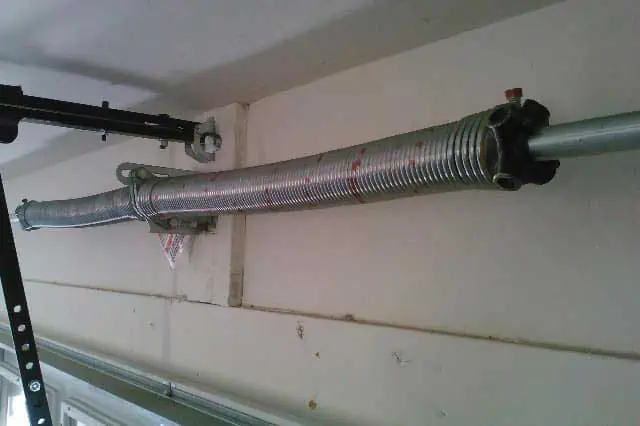
If you’re going to replace torsion springs, then you’re going to need a winding bar, which can be used to easily twist and untwist the springs to adjust the amount of torsion. At the end of each torsion spring there is a winding cone. This is where the winding bar fits on and can twist the whole spring. You’ll have to slowly turn the bar while pressing the spring against the door to slowly release them.
When you replace torsion springs, you’ll need to have the door closed. There are usually only two torsion springs on a door, and if one spring is broken fully then you’re already halfway there! Once the springs are unwound and removed from the door, you’ll just have to wind up the new springs and put them in place on the door. For further instructions, it’s much easier to look up a video tutorial of how to precisely screw and unscrew the springs from the door.
How to Replace Extension Springs
Extension springs are generally considered much easier to replace. You can completely remove and replace the springs on your door without dealing with any amount of dangerous tension. Once you open the door, the springs will lose most of their tension and should be safe to work with. When you open the door and begin working on it, you should secure it with clamps so that it doesn’t slide down on you.
Simply disconnect the springs from the brackets, pulley, and cable, and install the new spring, attaching it to the pulley and the safety cable. That’s it!
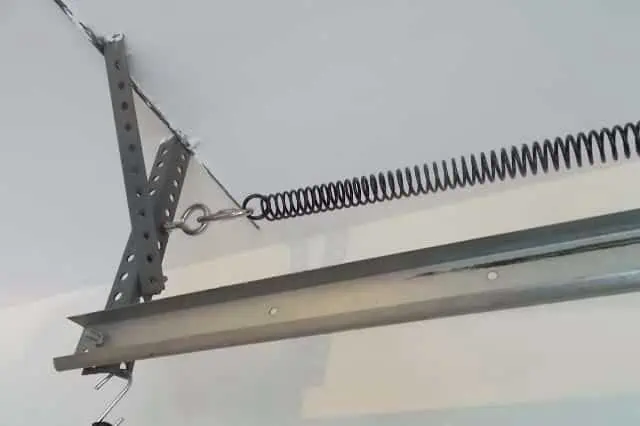
Should I Replace Springs on My Own Or Not?
It depends on how confident you feel, whether or not you’re looking for a project, and what kind of springs you have on your door. If you’re pretty competent with DIY stuff, you have a whole day to set aside, and you have extension springs—you’re in luck! You might be able to handle things on your own. But for many of us, replacing our own springs on a garage door is simply not a headache worth having.
There’s always the possibility that you don’t get everything in place and the door isn’t usable. Also, if the springs are not installed properly, it can cause a safety hazard for the use of your garage door over time. It can cause tension on the door, causing it to break or causing the lifespan of the opener to be significantly shortened. Either way, repairing your own springs is a great way to save a few bucks, but make sure that you really know what you’re doing, otherwise it might be a great way to spend a few extra bucks getting everything fixed.
If you’re not feeling perfectly confident, give us a call at (813) 885-3667! We’re more than happy to help you get your springs repaired in a quick minute so that your door is back in working order again.

